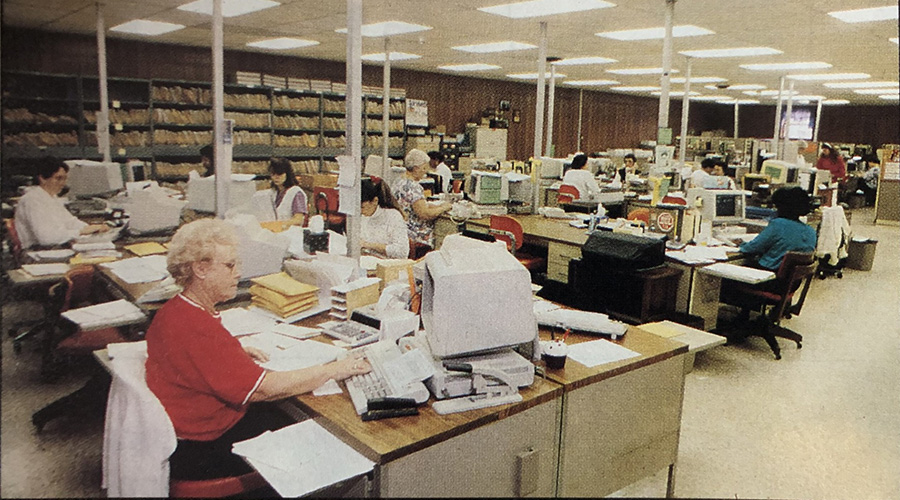Financial Blunders to Avoid
In no particular order, here are managers’ five biggest financial mistakes:
Investing foolishly in the latest gadgets. Managers too often expect that a hot new product will solve all their issues, but that is rarely the answer. I have seen some of the nicest and most expensive tools sitting in the corner of a manager’s office, unused.
Salespeople are in business to sell, but managers shouldn’t invest in tools that will not address a specific problem. Part of the purchasing contract should include training for front-line technicians to use this new technology. But I always stress that training alone is not enough. I also want training to provide proven competency.
Believing software will solve all problems. Computerized maintenance management systems (CMMS) can help managers oversee, control, and make smarter decisions. Purchase and implement a CMMS that is designed to fulfill specific organizational needs. I don’t need a system that solves world hunger by Friday. The best facilities I’ve worked with have well-established procedures, policies, and systems in place. If these components aren’t in place, all technology will do is speed up failure.
Throwing bad money after bad equipment. Did you know that 63 percent of the problems technicians address are self-induced? Has any organization decommissioned equipment the day its estimated useful life arrived? I see many facilities extend the life of equipment well past its usefulness, yet expect the maintenance group to continually repair the same old equipment over and over. As managers, one of our responsibilities is to make certain the workforce has the proper tools to execute work safely and correctly. We cannot afford to continually throw good money at poor equipment. By the way, a good CMMS system comes into play when evaluating equipment costs and total cost of ownership.
Paying for poor performance. Studies indicate that managers spend 90 percent of their direct supervision time with problem employees. We spend a significant amount of time, energy, payroll, and benefits trying to motivate and help these employees when we really should be helping them plan their own exit strategy. Quite honestly, these individuals bring down the whole group. Why do organizations pay for poor performance?
Putting up with problem subcontractors. Another area I see many organizations struggle with is subcontracting, whether the source of the problem is the subcontractor or contracting originator. Here’s an example: I visited a site not too long ago. The contractor was overseeing 47 buildings, plus other outcrop facilities. It in turn had subcontracted all facility maintenance to a company that was anxious to take over
the operation.
The due diligence of the equipment and building conditions was completed in 2½ hours. The parties agreed to a contract based on “as-is” condition. The subcontracting company took full financial responsibility for equipment and repairs the day they signed the contract. That’s when the trouble began.
Soon, the subcontracting company found out the contracting company had reduced all maintenance activity months before, knowing full well it was going to outsource the maintenance. In order to immediately reduce expenditures, the contractor had curtailed basic maintenance activity significantly.
Enter the subcontractor’s maintenance team. Its representative, who had taken only 2½ hours to survey the buildings and equipment before signing the contract, began to realize his company had inherited a mess — chillers, heat exchangers, boilers, and every other piece of equipment. The question was not if equipment was going to fail but when and how hard.
Within six months, the subcontractor was $1.1 million in the red, and radical changes had to be made. First came the headcount reduction, then refurbishing equipment rather than replacing it, then buying used equipment rather than like-for-like replacement, and finally, deferring repairs.
Related Topics:














